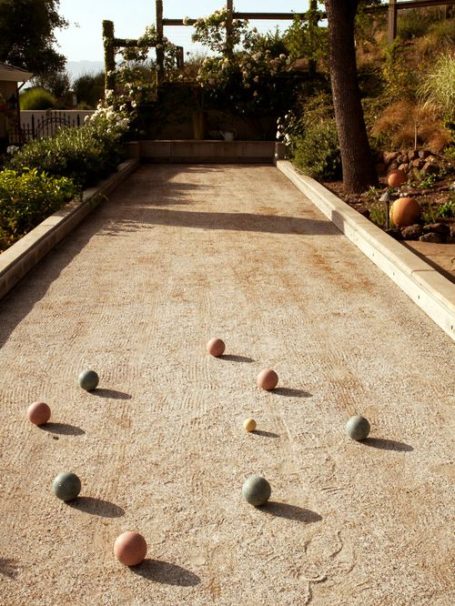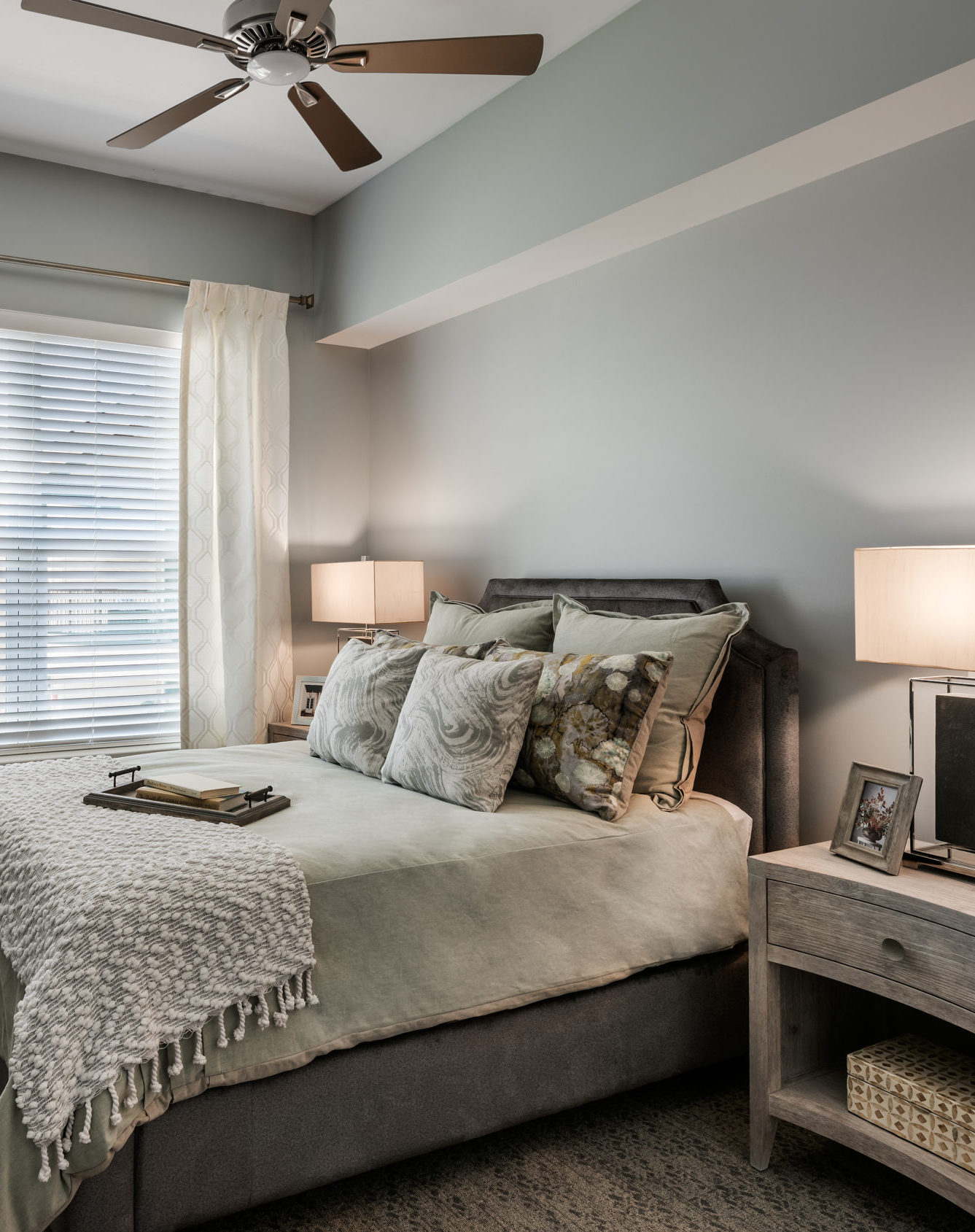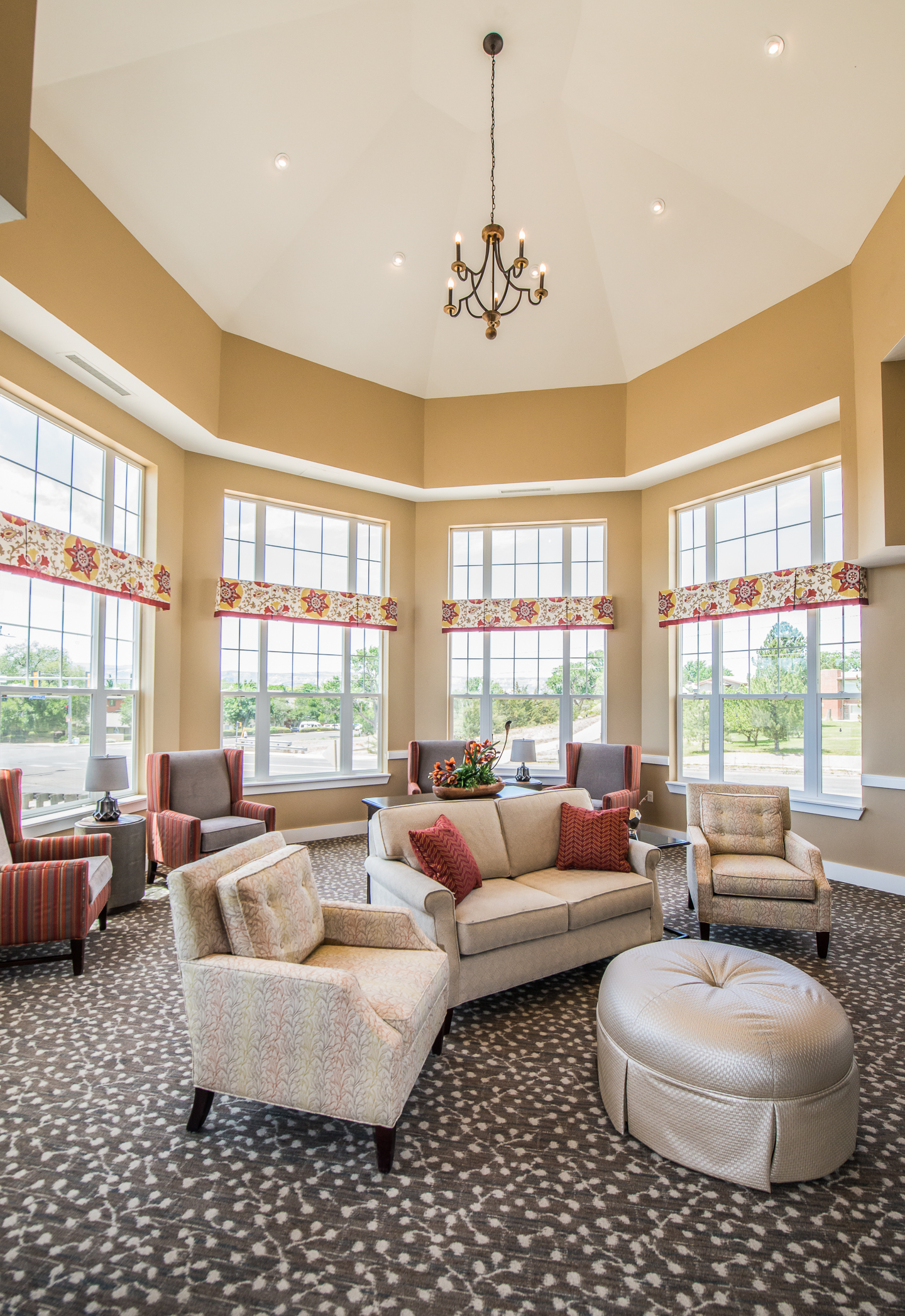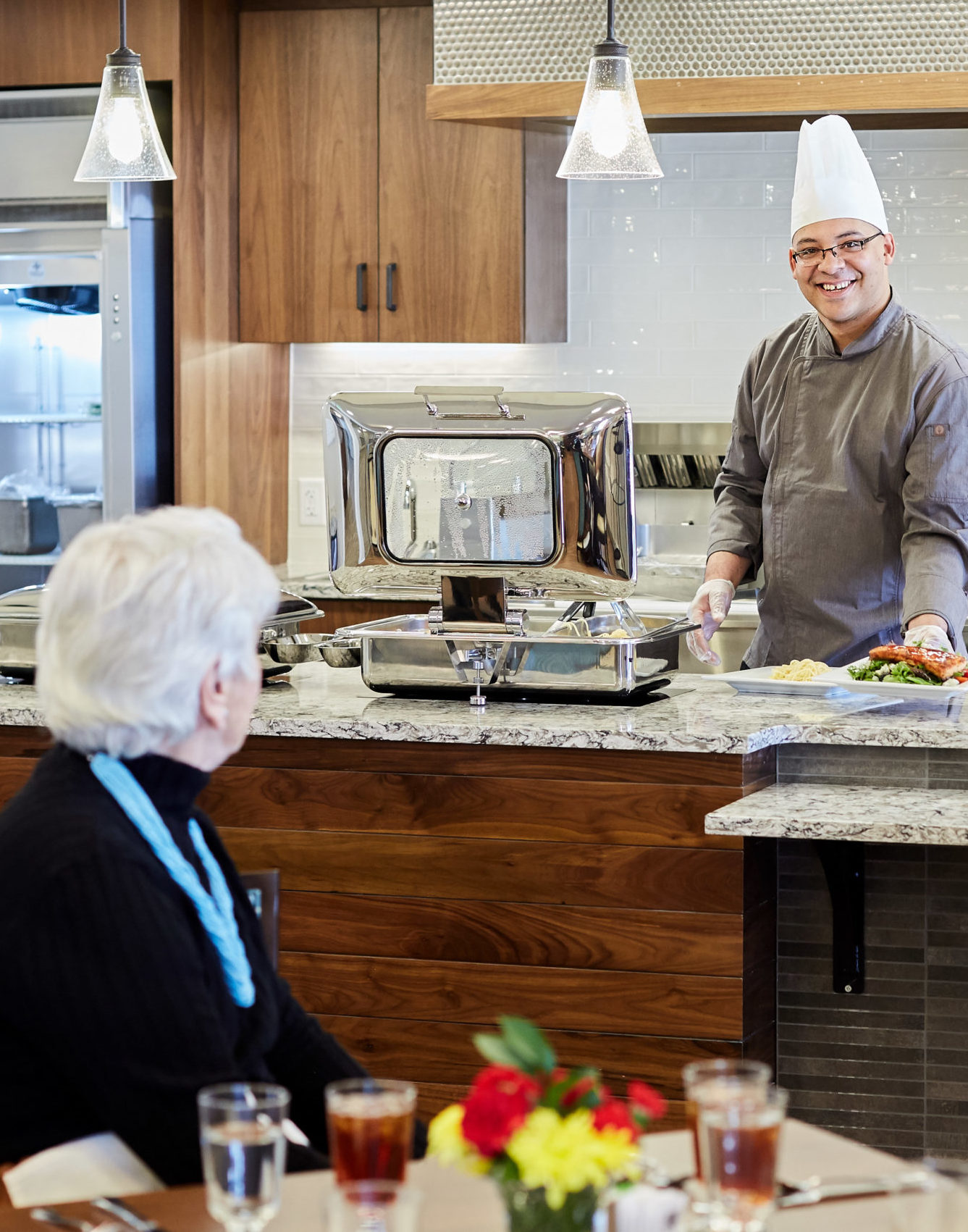Assisted Living is the fastest growing long-term care option in the United States. This type of senior living concept started about 25 years ago, and can be a stand-alone building or part of a larger community or campus. This category of living is perfect for seniors that need some assistances with daily tasks; such as medication management, meals, and housekeeping, but don’t need the skill of a full time nursing home. Often these communities are comprised of private apartments, often with kitchenettes, paired with public living amenities that service the rest of the community or building. This type of living usually hosts a multitude of programs, for exercise, entertainment, social and transportation that keep residents engaged.





